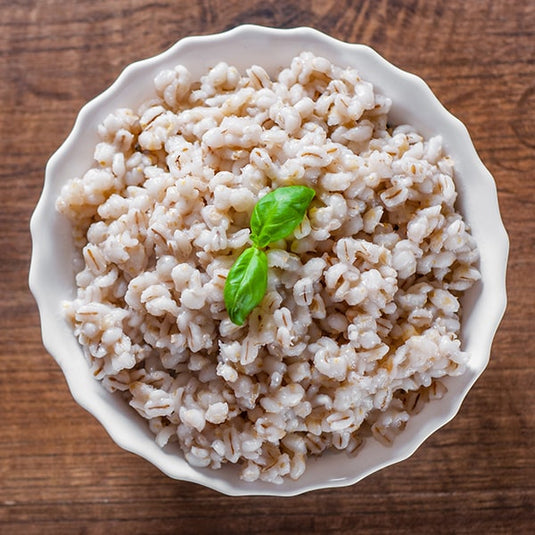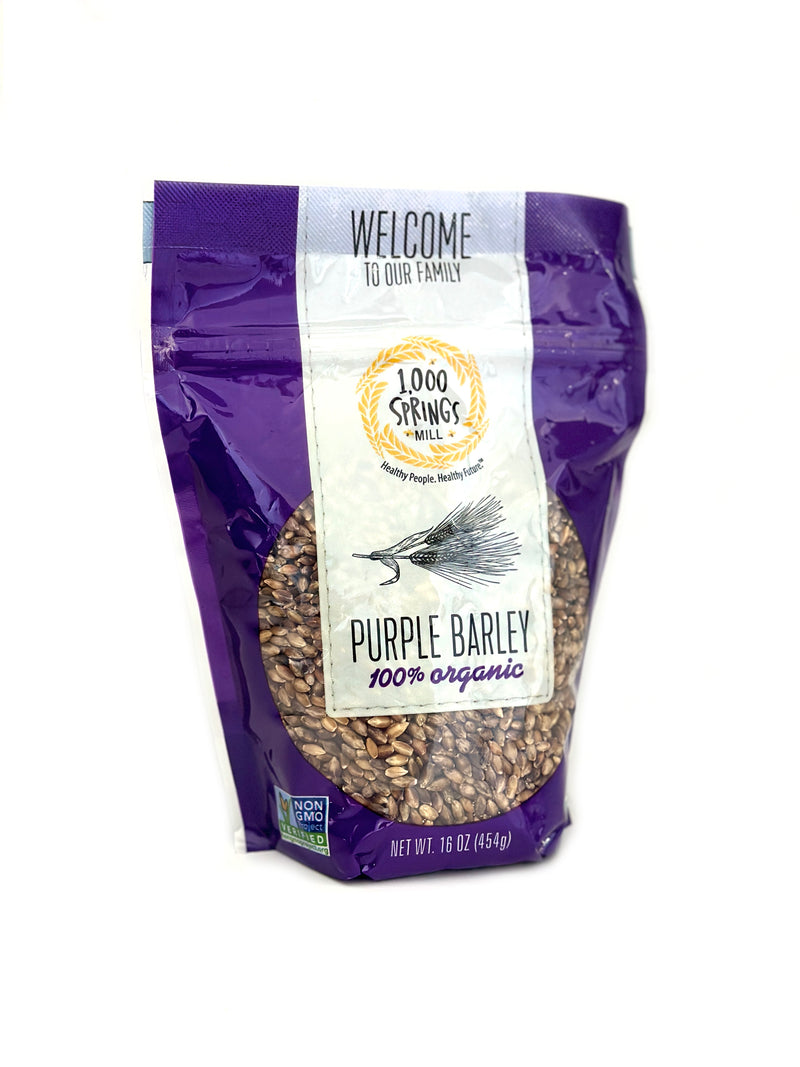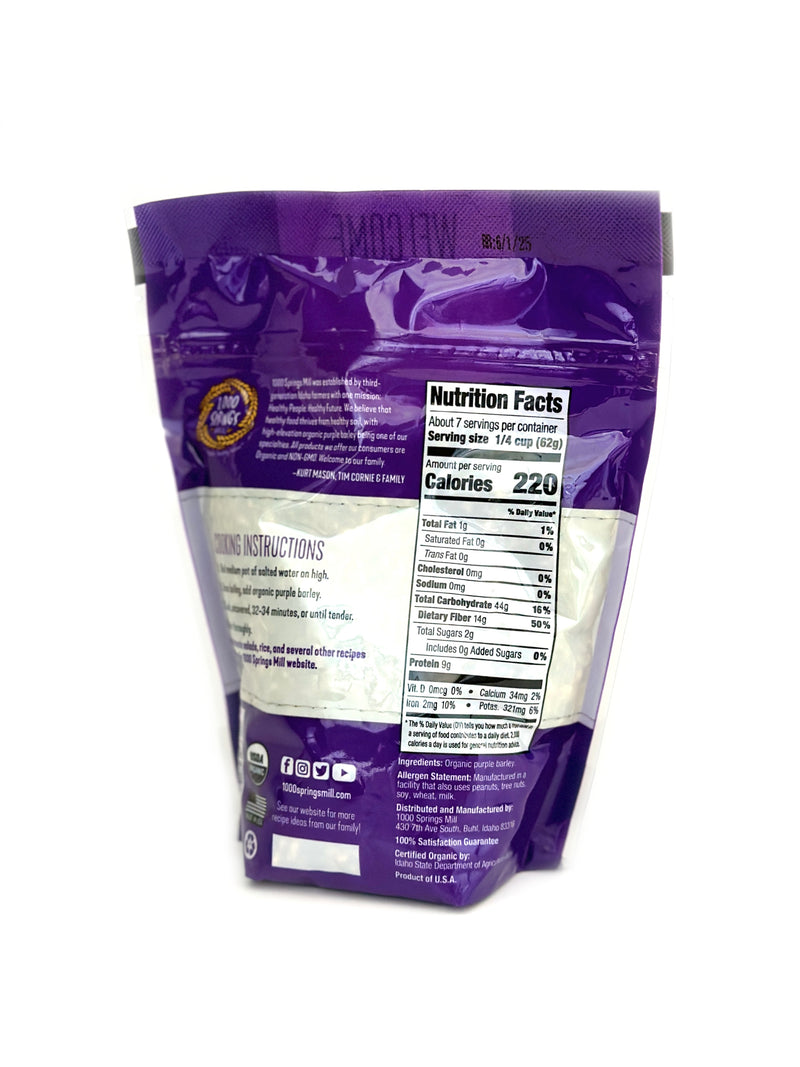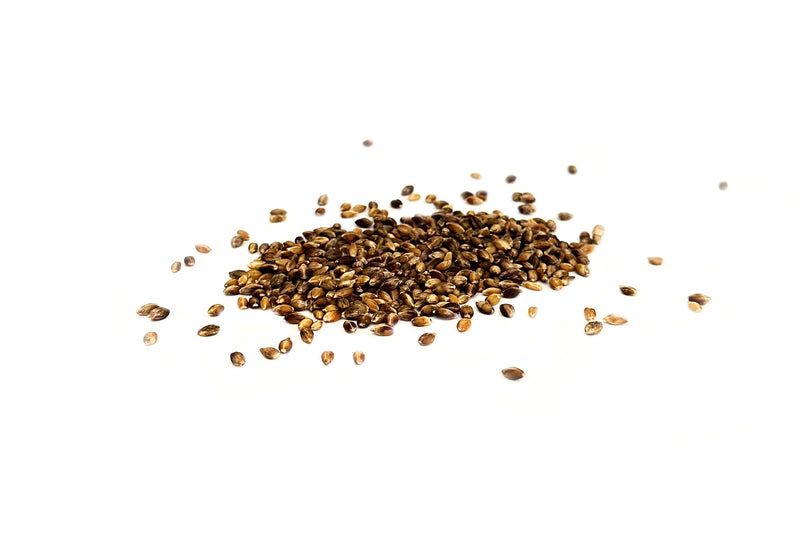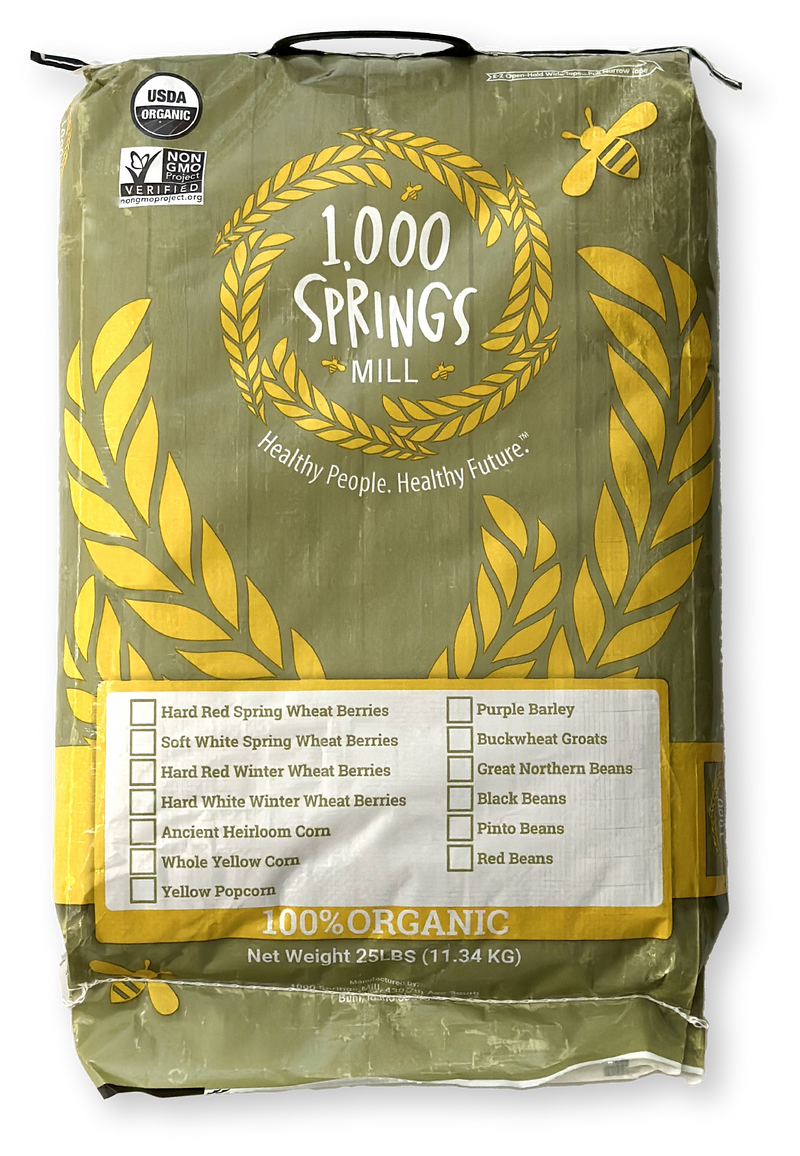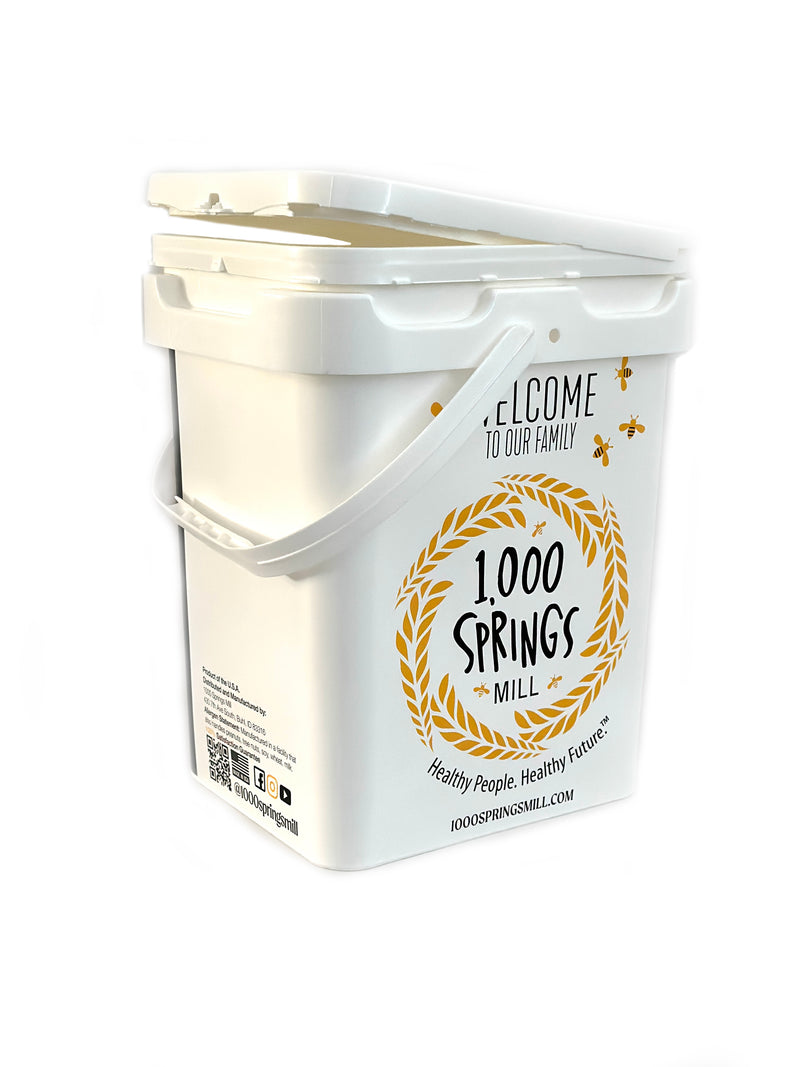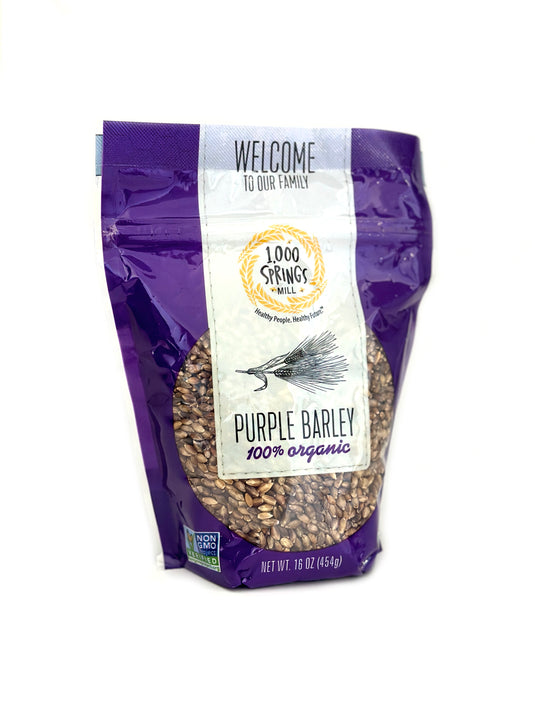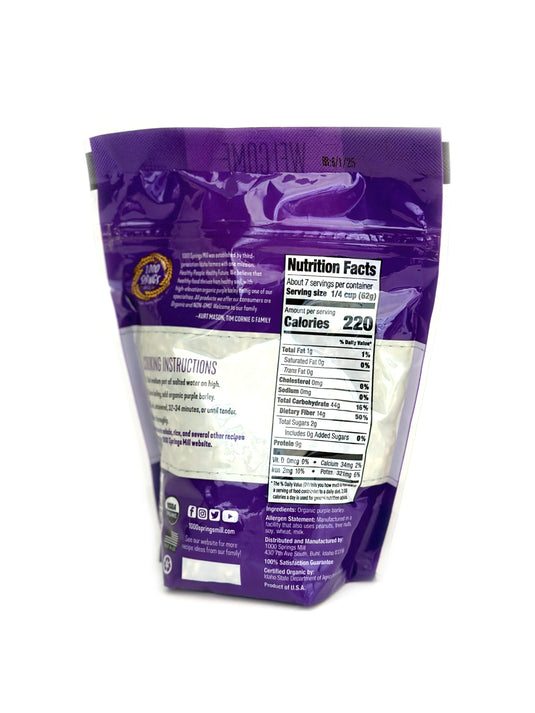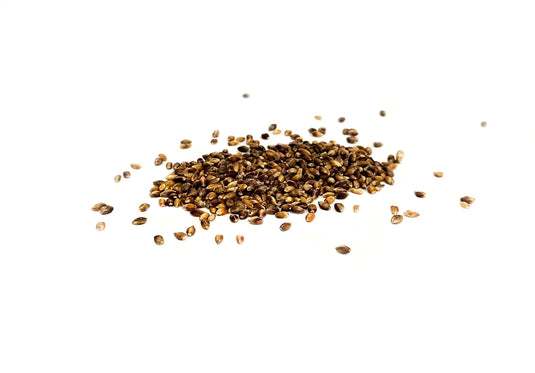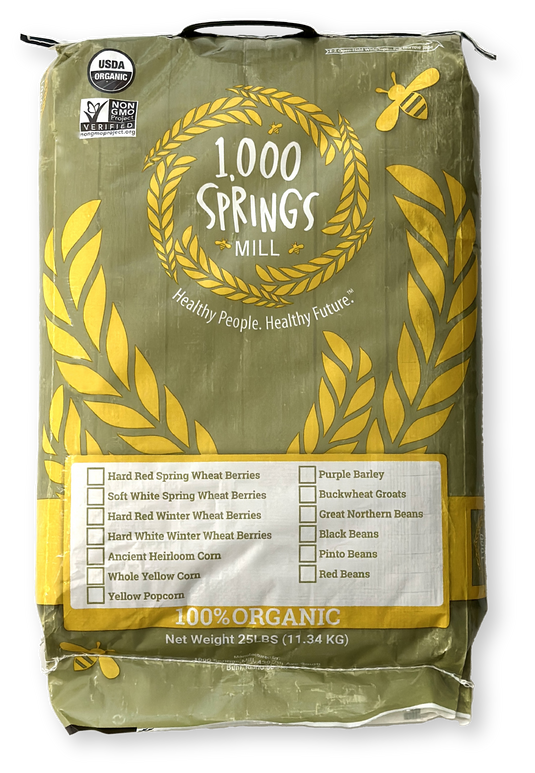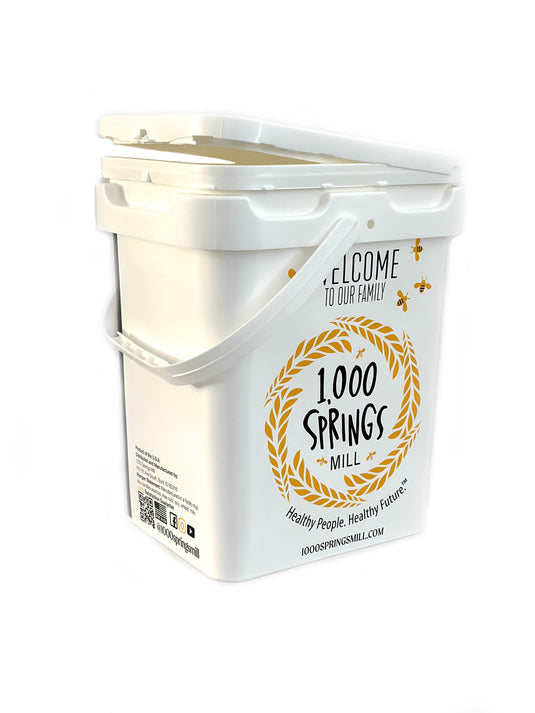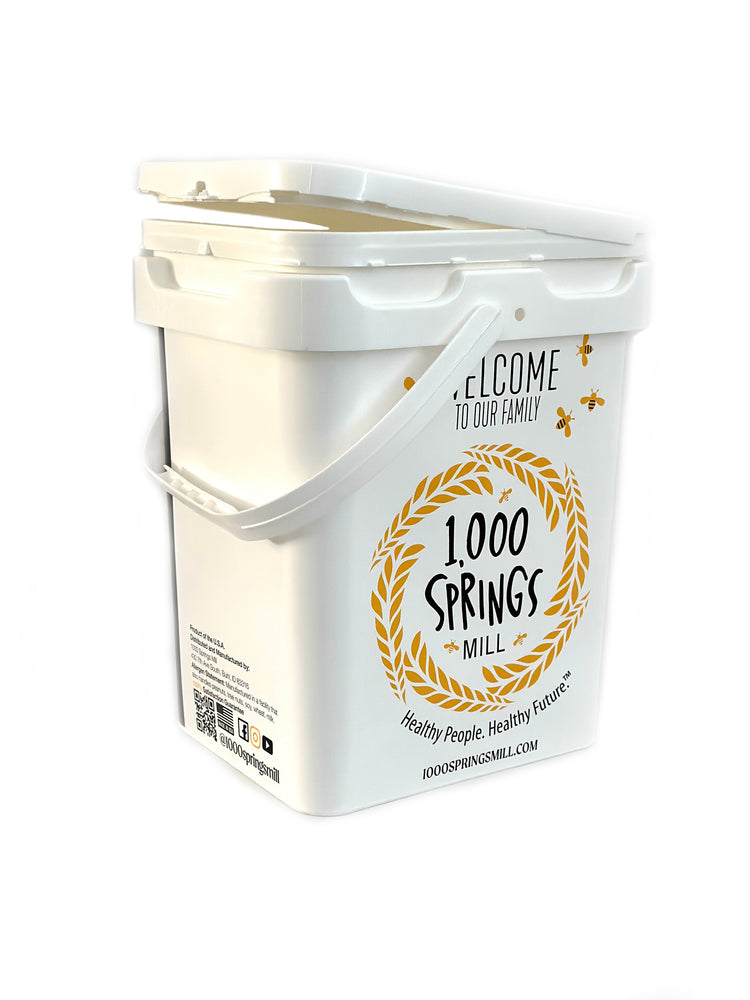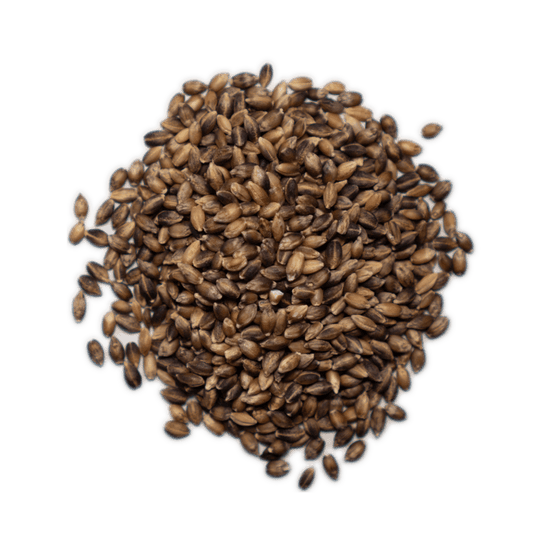
What is Barley?
Barley is a versatile grain that has been used for centuries in a variety of ways. It is a cereal grain that is a member of the grass family and is related to wheat, rye, and oats. It is one of the oldest known grains and has been used in baking, brewing, and other culinary preparations for thousands of years. Barley is grown around the world and is used in a variety of cuisines. It is a staple in many countries and can be found in a variety of dishes ranging from soups and stews to side dishes and more.Barley is incredibly nutritious, with a wide array of vitamins, minerals, and other nutrients. It is a good source of dietary fiber, protein, and complex carbohydrates. Additionally, it is rich in B vitamins, iron, zinc, and magnesium. It is also a good source of antioxidants and has been linked to a variety of health benefits.
A Brief Historyof Barley
Barley is an ancient grain that dates back thousands of years. It is one of the earliest domesticated grains, and it has played a big role in many ancient civilizations. In fact, barley was an important part of the diet in Ancient Egypt, Rome, and Greece. It was used to make bread, beer, and other food items.
In the Middle Ages, barley was a major crop throughout Europe. It was used as a source of nutrition and was also used to make beer and other alcoholic beverages. In fact, many historians believe that beer was invented in Europe during this time period. Barley was also used to make malt, which is an important ingredient in many types of beer.
In the 16th century, barley was introduced to the Americas. It quickly became a staple crop in many parts of the New World, and it was used to make beer, whisky, and other products. Today, barley is still widely used in many countries around the world. It is used to make beer, whisky, and other alcoholic beverages, as well as being used as a grain for livestock feed.
Barley is a versatile grain that has been used for thousands of years. From ancient civilizations to the modern day, it has played an important role in many cultures and societies around the world. It has been used to make beer, whisky, and other products, and it is still widely used today.
Barley is a great source of dietary fiber, with an average of 6 grams per cup of cooked pearled barley. This fiber helps keep the digestive system healthy and can help lower cholesterol levels. Barley is also a good source of protein, with an average of 3.6 grams per cooked cup. This protein is essential for building and maintaining muscle mass and other bodily functions. Additionally, barley is high in complex carbohydrates, which provide a steady supply of energy throughout the day. It is important to note that barley does contain gluten.
Barley is also high in B vitamins, including thiamin, riboflavin, niacin, pantothenic acid, and folate. These vitamins are essential for proper brain and nerve development, as well as for energy production. Barley is also a good source of iron and zinc, two minerals that are essential for proper immune function. It is also a good source of magnesium, which is important for muscle and nerve function.
Barley is also rich in antioxidants, which can help reduce inflammation and protect against disease. It has been linked to a variety of health benefits, including reduced risk of heart disease, improved blood sugar control, and improved digestive health. Additionally, barley has been linked to a reduced risk of certain cancers and improved brain health.
How is Barley Grown?
Farms all around the world rely on barley to grow and feed animals and people. Barley is a versatile grain that is easy to work with and can be prepared and consumed in various ways. But before barley can be harvested, it must first be planted and grown. Here is a look at how farms plant and grow barley.The first step in planting barley is selecting the best variety. There are many different types of barley available, and each has its own advantages and disadvantages. Farmers must consider factors such as climate, soil conditions, water availability, and growing season when selecting the type of barley they will plant. Once the optimal variety is selected, the next step is to prepare the soil.Before planting, the soil must be prepared. This process involves removing any weeds, and adding organic matter such as compost or manure to the soil. Farmers may also opt to add fertilizer to the soil to ensure the best possible yield from the crop. Once the soil is prepared, the next step is to plant the barley.Once the soil is prepared, it is time to plant the barley. This is usually done by hand or with a machine such as a drill. Barley is planted at a depth of about 1-2 inches. After planting, the barley is required to be watered to ensure that it takes root in the soil. During the growing season, farmers will often water the barley as needed.Once the barley is mature, it is time to harvest it. Typically this is usually done with a combine, which cuts and threshes the grain at the same time. The barley is then collected and stored until it is ready to be used. With proper care and management, barley can provide a lucrative crop for farmers.
Versatility of Barley
Barley is an incredibly versatile grain that has been used for centuries in a variety of ways. It is incredibly nutritious, with a wide array of vitamins, minerals, and other nutrients. It is a good source of dietary fiber, protein, and complex carbohydrates. Additionally, it is rich in B vitamins, iron, zinc, and magnesium. It is also a good source of antioxidants and has been linked to a variety of health benefits.
Barley can be used in a variety of recipes, from breakfast to dinner. It is also relatively easy to grow and can be planted in most climates. Barley is an incredibly versatile grain that can be used in a variety of dishes and has a wide array of health benefits.
